What to Eat: Can You Lose Weight on a Low-Oxalate Diet?
Primal Edge Health participates in the Amazon Services LLC Associates Program and other affiliate programs and therefore, may collect a share of sales or other compensation from the links on this page. This comes at no additional cost to you, and all the prices and availability are accurate at the time of publishing.
A low-oxalate diet is usually prescribed to prevent kidney stones in at-risk individuals, but can you lose weight on a low-oxalate diet, too? Let’s dive into what this diet is all about, how to start, and the potential benefits and risks, so you can decide if it’s right for you.

Table of Contents (click to view)
What are Oxalates?
We dedicated an episode of the Primal Edge Health podcast to a deep dive into the topic with oxalate researcher Sally K. Norton. She explores certain so-called health foods and questions whether they could do more harm than good.
Oxalate, also known as oxalic acid, is naturally present in the body and can be found in many plant-based foods, including fruits, vegetables, nuts, cocoa, and seeds. When consumed, oxalate can bind to specific minerals to form compounds, such as calcium oxalate and iron oxalate. Most people eliminate these compounds in the stool or urine.
Small amounts of calcium and oxalate, which typically don’t cause problems, are present in the urinary tract. However, high amounts of oxalate can increase the risk of calcium oxalate kidney stones in some individuals. This includes people with a history of kidney stones and high levels of urinary oxalate.
According to the National Kidney Foundation, following a low-oxalate diet is one of the most recommended ways to minimize the risk of kidney stones. It reduces the likelihood of stones forming by managing oxalate levels within the body.
What is the Low-Oxalate Diet?
The low-oxalate diet reduces oxalate intake by focusing on low-oxalate foods and avoiding high-oxalate foods. Numbers vary, but most healthcare providers suggest 50 to 100 mg of oxalate per day. Low-oxalate foods with 5 to 9mg of oxalate per serving include:
- Fruits: Blackberries, bananas, apples, apricots, lemons, blueberries, cherries, strawberries, cantaloupes, papayas, mangoes, grapefruit, grapes
- Vegetables: Broccoli, cabbage, cauliflower, bok choy, mushrooms, onions, zucchinis, peas, asparagus, Brussel sprouts, yellow squash, Romaine lettuce
- Grains: Corn flour, oat bran, white rice, barley, flour tortillas, oatmeal
- Proteins: Meat, fish, poultry, eggs
- Dairy: Cheese, milk, butter, yogurt
- Beverages: Water, fruit juice, coffee
- Herbs and spices: Cinnamon, cumin, dill, cilantro, black pepper
Without knowing it, you can easily consume hundreds of milligrams of oxalate daily. High oxalate foods are those that contain more than 25 to 100mg per serving, which include:
- Fruits: Kiwis, dates, raspberries, rhubarb, oranges, tangerines
- Vegetables: Chard, turnips, potatoes, sweet potatoes, spinach, beets, yams, carrots, okra
- Legumes: Navy beans, kidney beans, fava beans, refried beans
- Nuts and seeds: Almonds, walnuts, macadamia nuts, cashews, pistachios, sunflower seeds, pumpkin seeds
- Whole grains: Brown rice, millet, couscous, bulgur, cornmeal, corn grits
- Beverages: Hot chocolate, chocolate milk, tea, tomato juice
- Soy: Soy milk, tofu, soybeans, soy burgers
- Chocolate and cocoa
In addition to the low-oxalate diet, your doctor may also recommend increasing your calcium intake with foods like milk, cheese, yogurt, sardines, and fortified cereals or bread. These dietary adjustments combined can help support the body’s natural processes by focusing on oxalate balance.

Can a Low-Oxalate Diet Help Prevent Kidney Stones?
Calcium and small amounts of oxalate are naturally present in the urinary tract but are usually dissolved and expelled in the urine. However, oxalate and calcium can sometimes crystallize and develop into calcium oxalate stones, the most common type of kidney stone. This is especially true for people with high levels of oxalate and too little urine volume.
The Journal of Endourology published information supporting the thesis that a low-oxalate diet can protect people prone to kidney stones by preventing the urine supersaturation of calcium oxalate. Additionally, a 2013 study on the impact of calcium intake on older women with kidney stones indicates consuming more calcium-rich foods can help lower oxalate absorption in the body. Results showed that increased dietary calcium reduced the chances of nephrolithiasis (kidney stones) by 45% to 54%.
So, while oxalates are not inherently bad, too much oxalate in relation to the amount of calcium in the body can be a significant risk for individuals susceptible to kidney stones. The American Urological Association Guideline on Medical Management of Kidney Stones endorses multiple diet therapies for patients with calcium oxalate stones. They include:
- Limit sodium intake: A high-salt diet may increase urinary calcium levels, leading to kidney stones.
- Drink more water: Kidney stones are more likely to form when there is little urine volume. Drinking more fluids can help increase the amount of urine and, therefore, help prevent the formation of kidney stones.
- Minimize Vitamin C supplementation: Vitamin C partially converts into oxalate in the body. Limit your intake of high-dose Vitamin C supplements if your doctor approves.
Karthik Kumar, MBBS reports that doctors may recommend limiting dietary oxalate intake as a means of helping manage other conditions as well. These include:
- Vulvodynia
- Headaches
- Leaky gut
- Back and joint pain
- Cystic fibrosis complications
- Autism
Can You Lose Weight on a Low-Oxalate Diet?
Let me start off by saying that any diet has the potential for weight loss. If you are manipulating your food intake so it creates a calorie deficit, you’re spending more energy over a period of time than you are ingesting and will eventually lose weight.
So, yes, you might lose weight on a low-oxalate diet. You’re limiting your intake of a lot of certain foods, after all, such as processed foods and gluten. If you’re eating fewer calories than you need, you will likely shed weight. However, given the research available on a low-oxalate diet, I believe we can agree that weight loss or fat loss is not the primary intent.
Working with your trusted medical professional to craft an individual plan is important. Our personal health goals should reflect what we need as a specific individual. I love the old adage that if it isn’t broken, don’t fix it. That is so true with diet.
There’s no need to start restricting yourself unless you have strong reasons and are under proper medical supervision. Sometimes, dietary actions can have unknown consequences, so it’s best to approach change rationally and cautiously.
How to Start a Low-Oxalate Diet?
About 11% of men and 6% of women in the US will develop kidney stones at least once in their lifetime. Following a low-oxalate diet could be beneficial if you have a family history of kidney disease, a higher risk of kidney stones, or high levels of urinary oxalate.
But how do you get started? Here are a few helpful tips:
- Eat fresh meat: Fresh meats have little to no oxalate content. Processed meats, however, may contain oxalates. Plus, their high sodium content can further increase the risk of kidney disease.
- Get creative: There are a lot of certain fruits, vegetables, legumes, and other groups you should avoid when on a low-oxalate diet, but don’t focus on that lest you feel restricted. Instead, focus on what you can enrich your diet with. Check out all the low-oxalate recipes on our blog to see the multitude of options for your meal plan.
- Soak your veggies: You don’t have to say goodbye to your favorite veggies. Soaking and cooking them can reduce their oxalate content by leaching. Also, focus on more suitable options like low-oxalate greens.
- Load up on calcium: Aside from helping reduce oxalate absorption, consuming enough calcium has a ton of other benefits. Optimize your meal plans with milk, yogurt, low-sodium cheese, and even ice cream for a treat.
- Drink more water: Good hydration has a ton of health benefits. One of them, as referenced before regarding urine levels, is flushing out excess oxalate from the body.
As always, I recommend consulting your primary care provider before starting any diet. If you don’t have a significant risk of developing kidney stones, the low-oxalate diet may not be necessary, especially if weight loss is your primary goal.
What is the Risk of a Low-Oxalate Diet?
The low-oxalate diet restricts many nutritious whole-food sources of vitamins, minerals, and antioxidants. Hence, one of its possible downsides is nutrient deficiency if food choices are not adequately balanced.
It’s always better to rely on animal or plant foods for nutrition instead of supplements. All the more so if you already have a susceptibility to kidney disease, as over-the-counter supplements can negatively affect kidney function.
So, if you plan on starting the low-oxalate diet, I recommend working with your doctor or dietitian to make sure your meal plan meets your dietary needs long-term.

What are Effective Weight Loss Strategies?
Either calorie restriction or increased physical activity, and sometimes both, are classic starting points for weight loss. Following diet styles that reduce processed food and hydrogenated vegetable oil while focusing on whole-food ingredients may also help. Wellness diets include low-carb, keto, carnivore, gluten-free, paleo, AIP, GAPS, Mediterranean, and others.
The Carnivore Approach
Let’s take a look at the low-oxalate diet from another angle. When you look at the list of foods low in oxalate, you’ll see that a lot of animal products contain little to no oxalate, including fresh meat, eggs, and fish.
Now, can you lose weight with a low-oxalate diet focusing on animal products? When done right, you definitely can. It would work similarly to a carnivore diet by depleting your sugar reserves and going into a state of ketosis to burn fat instead. A carnivore diet is a naturally low-oxalate diet but it also eliminates all fiber, which may be more than you need.
Incorporating a Low-Oxalate Diet into Keto
The keto diet operates on the same metabolic principle as the carnivore diet, which revolves around entering a state of ketosis by limiting carbs and increasing fats. Most people on keto lose weight through fat loss as the body uses stored fat as energy.
A traditional keto diet works, but if you’re prone to kidney stones, incorporating the low-oxalate diet can help optimize your health even further. However, I understand that keto is already challenging by itself, and keeping track of something new might seem daunting.
Not to worry, switching to this type of diet isn’t as difficult as it seems. Your healthcare provider might recommend the following steps:
- Eliminate high-oxalate foods: Cross off oxalate-rich foods from your keto-friendly carb options, such as spinach, almonds, and rhubarb. This will make it easier for you to stay under the oxalate limit.
- Switch your fat sources: Nuts, nut butters, and sesame seeds have high levels of oxalate. Go for bacon, mayonnaise, vegetable oils, and butter instead.
- Explore other vegetables: Some keto-friendly vegetables, such as kale and spinach, are on the high-oxalate list. Switch to low-oxalate vegetables, such as cabbage, cooked broccoli, and cauliflower.
- Add high-fat dairy products: A moderate amount of cream, cheese, butter, and other high-fat dairy can boost your keto process and help make your meals more palatable.
- Find other dessert options: Many common desserts are off-limits in both low-oxalate and keto diets, but that doesn’t mean you can’t enjoy a sweet treat every now and then. Take advantage of our carnivore, low-carb, and sugar-free dessert recipes.
- Start slow: You’ll have more success incorporating low-oxalate options into your diet when you do it gradually. The good news is that the low-oxalate diet is not much different from keto, meaning changes won’t likely be drastic.
Bottom Line
Research shows the potential benefits of the low-oxalate diet for people prone to kidney stones. By limiting your oxalate intake and increasing calcium absorption, you reduce the amount of oxalate in the urinary tract and, therefore minimize the risk of these minerals crystalizing to form stones.
Weight loss could be a side effect but is not the primary goal of the diet. If you are looking to lose weight, I suggest following a keto, carnivore, or other dietitian-approved option as a more intentional approach.


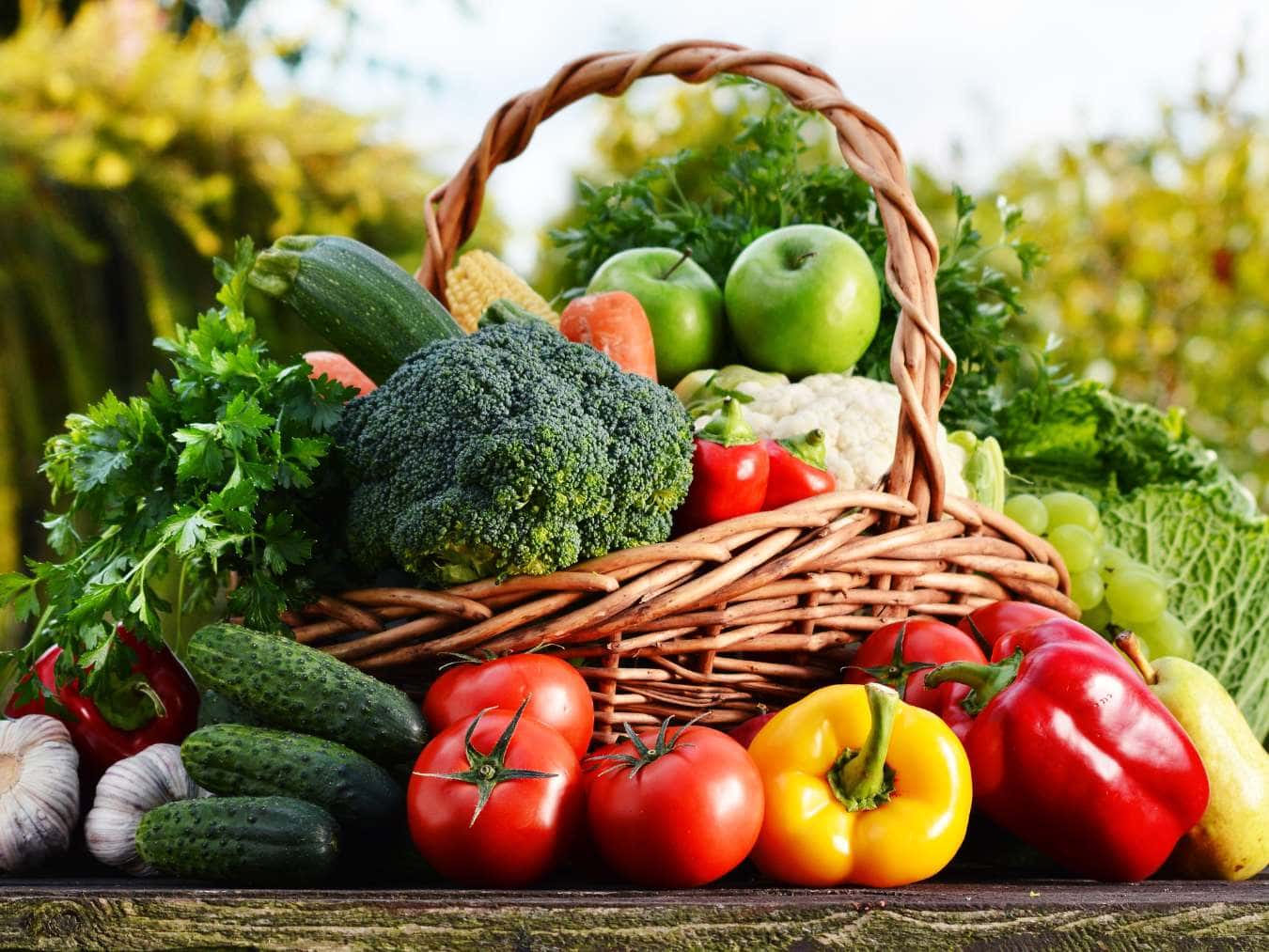
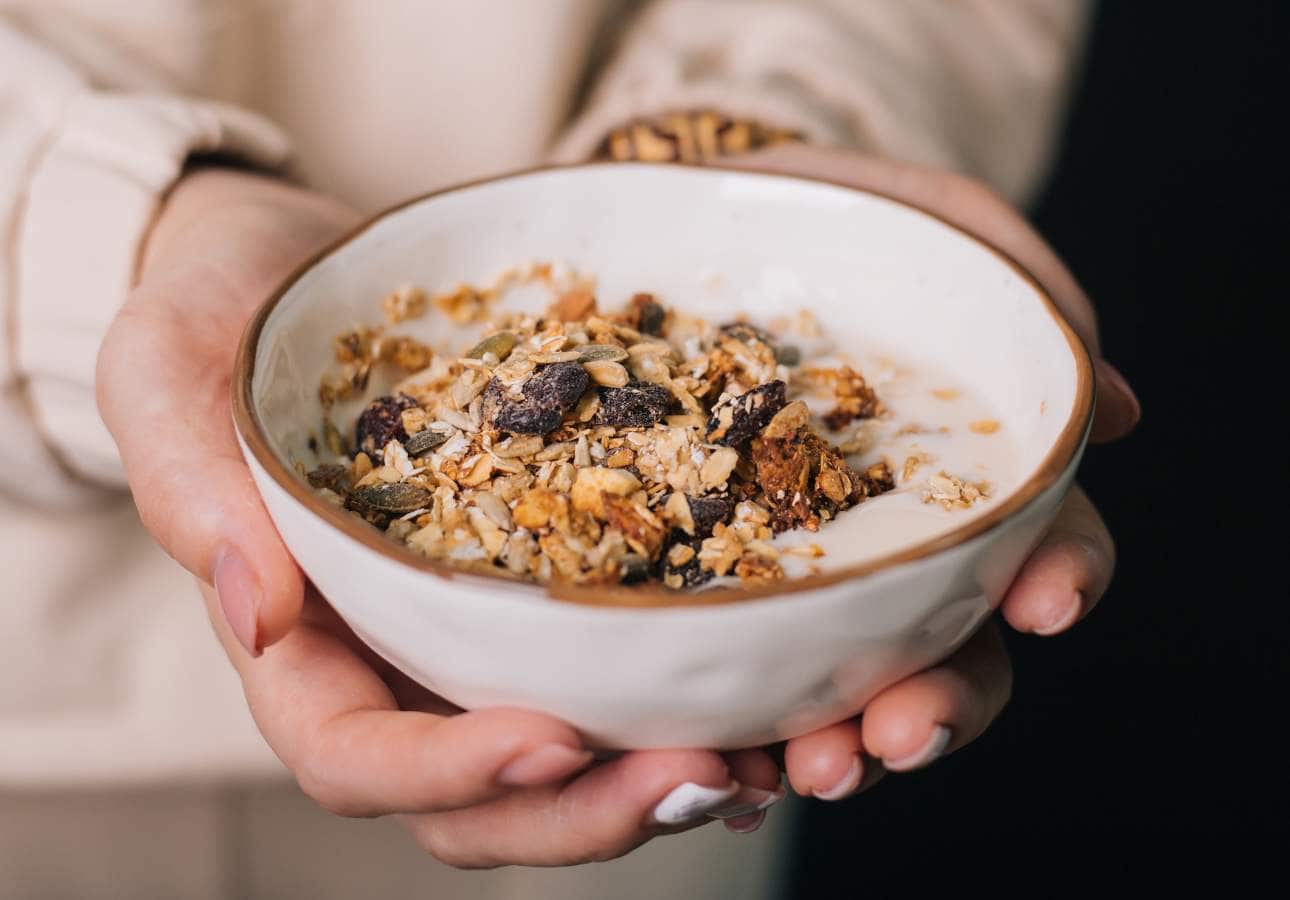
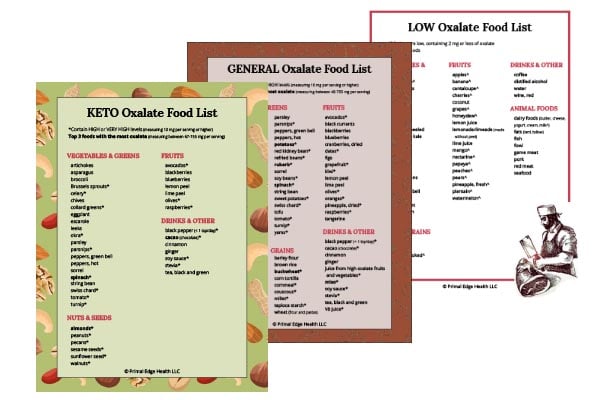
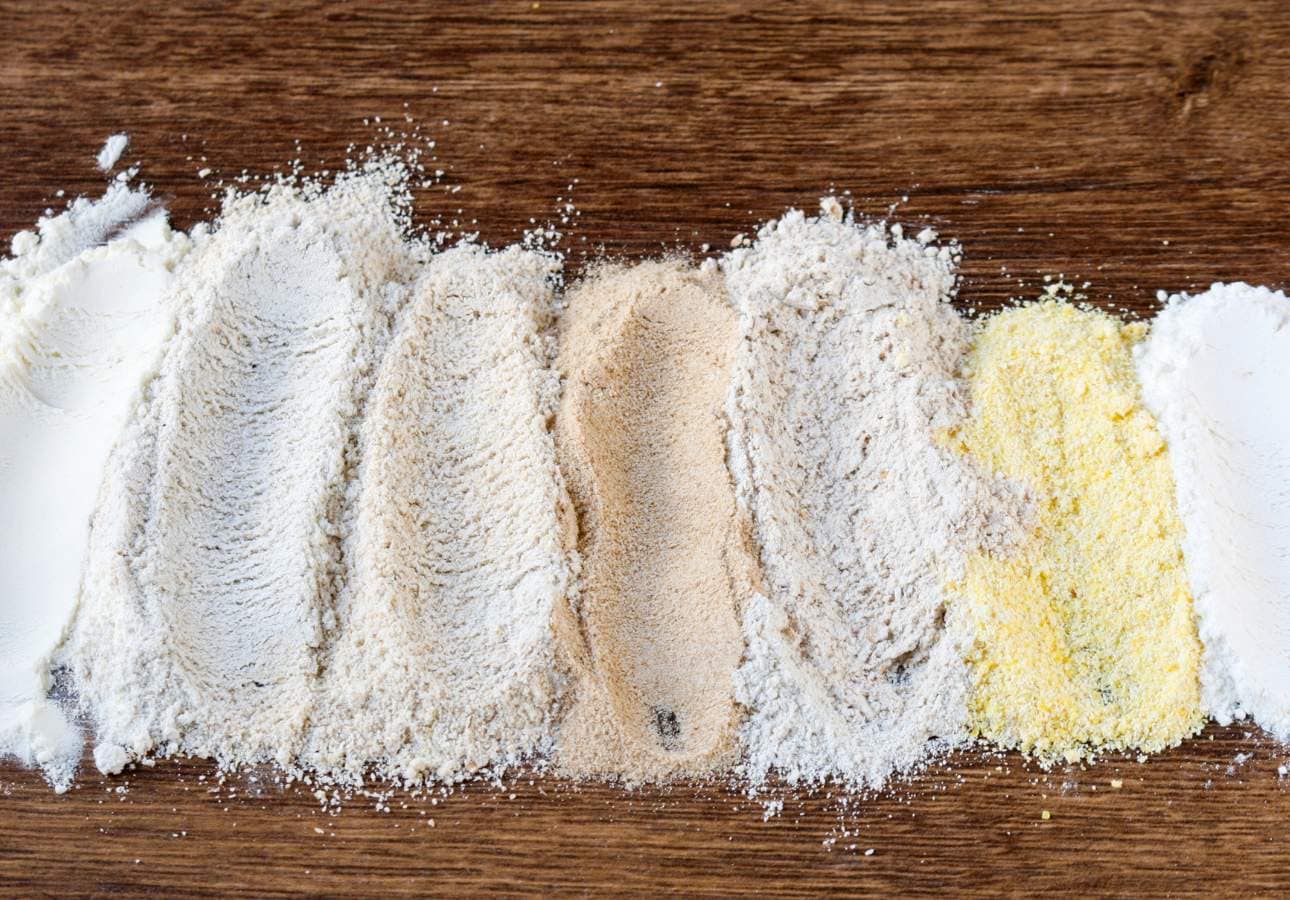

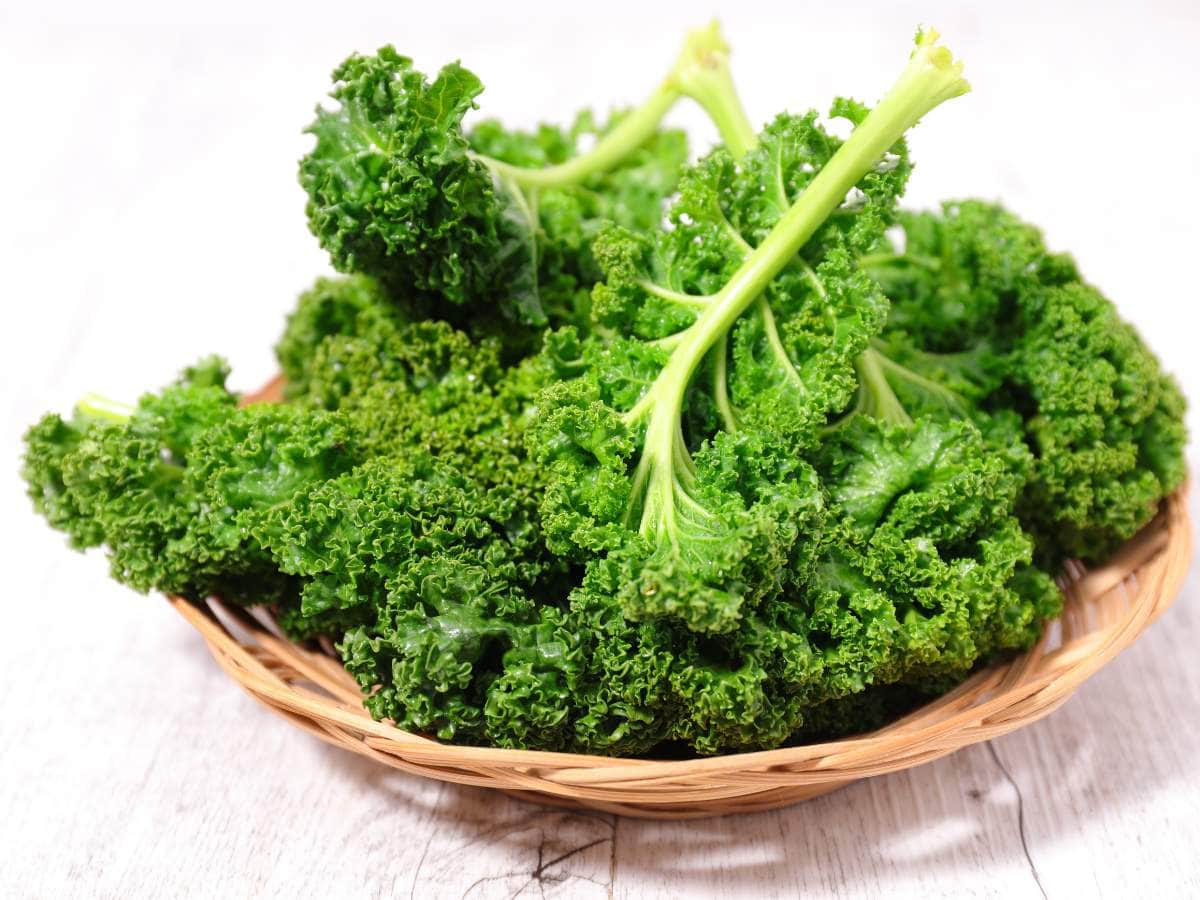
I’ve been doing keto for weight loss and trying to avoid high oxalate foods due to a family history of kidney issues. I guess I need to brush up on high oxalate foods because a few of the items on the list were surprises for me! Thanks for the great info.
Wonderful to hear the information was useful to you, Carol. Thanks for the comment and good job taking care of those kidneys!